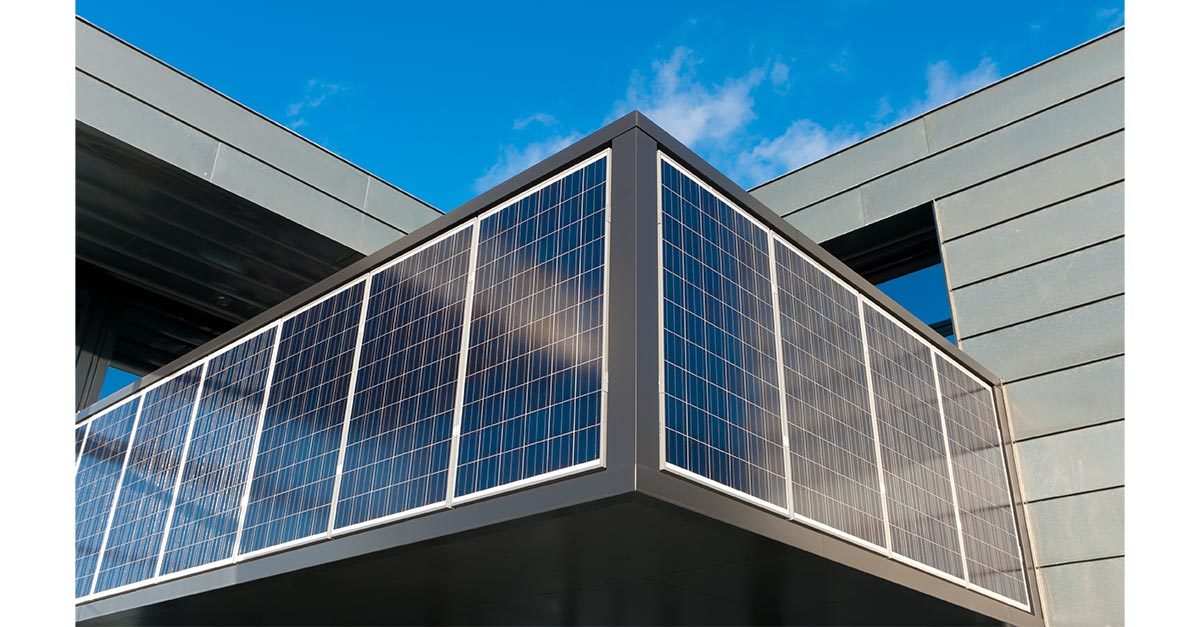When it comes to green and sustainability issues, our nation’s capital has moved—to Sacramento, CA.
With the fifth largest economy in the world, according to the U.S. Department of Commerce, California has the power to impact environmental programs throughout the country.Since the 1960s, California has been the trendsetter in the environmental arena. Architects, planners, building managers, and others have long looked to the state for innovation, especially when it comes to sustainability and environmental issues.
So, what is happening today in California that might impact jansan businesses and our future dealings with building owners and managers?
Taking Efficiency to the Next Level
California is taking steps to become the world’s first major economy to abandon the use of fossil fuels as a primary source of energy. The state is doing this by putting much greater emphasis on building optimization. While developers have made tremendous gains in the past decade in making buildings more “efficient,” California now wants to take things to the next level.
Efficiency refers to long-term reductions in the use of energy, fuel, water, waste, chemicals, etc. Efficiency is the first step on the journey towards sustainability.
The California Energy Commission has proposed a requirement that all new residential construction be “zero net energy,” by 2020, just two years away. The program expands to commercial buildings in 2030.
According to the U.S. Office of Energy Efficiency and Renewable Energy, a net-zero building is one that “produces enough renewable energy to meet its own annual energy consumption requirements.” In other words, new buildings in California will be essentially off the “grid” for most of their daily operations.
Teaching Old Buildings New Tricks
And don’t think existing buildings will be left behind. The state is working with local communities in creating programs to help older commercial facilities also become more efficient and reduce their energy consumption.
Typically, these programs start by using sustainability dashboards to help managers and owners determine precisely how much energy their facility is using on an annual basis. Once the benchmark is established, consumption is continually measured and monitored. With these metrics in hand, companies can take steps to reduce energy consumption.
Interestingly, the state also is encouraging new and retrofitted facilities to share their green and sustainability progress with their tenants and commercial neighbors. The thinking behind this plan is that shared information becomes a key motivator for other owners and managers to follow suit.
So, how does this impact the professional cleaning industry?
Typically, when programs like this are in place, building owners and managers want their vendors to be on the same sustainability team. For example, in 2011 just under 20 percent of the Standard & Poor 500 companies published sustainability reports. In 2016, that number increased to 81 percent, according to the Governance & Accountability Institute, Inc.
So, to play ball with these owners/managers, whether in California or elsewhere in the country, jansan professionals will need to have their own green and sustainability programs in place. Not only will this help differentiate their company from the competition, it will help reduce operational expenses and increase profitability.



